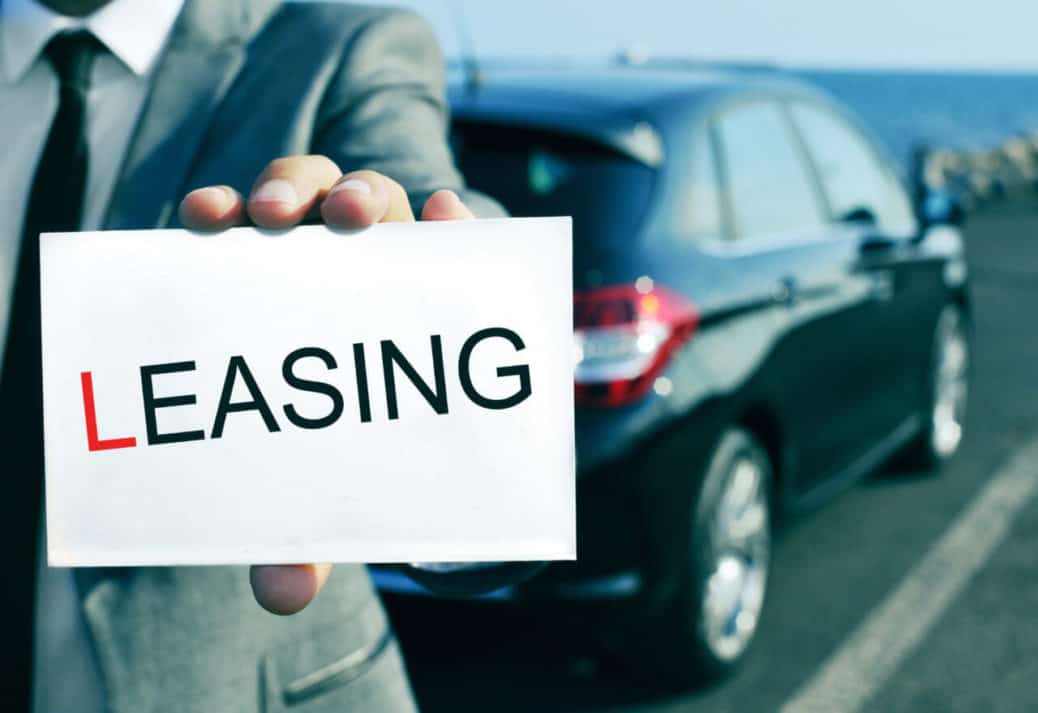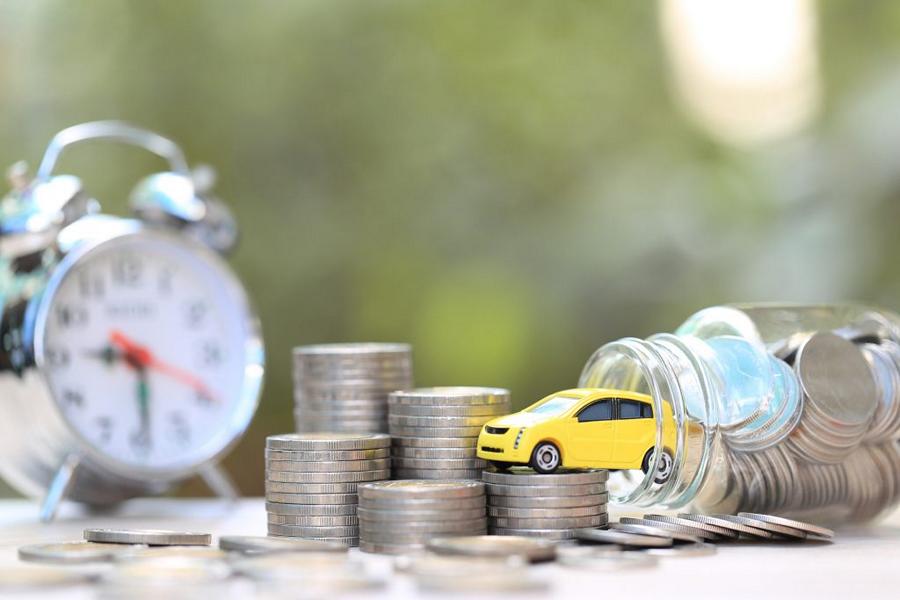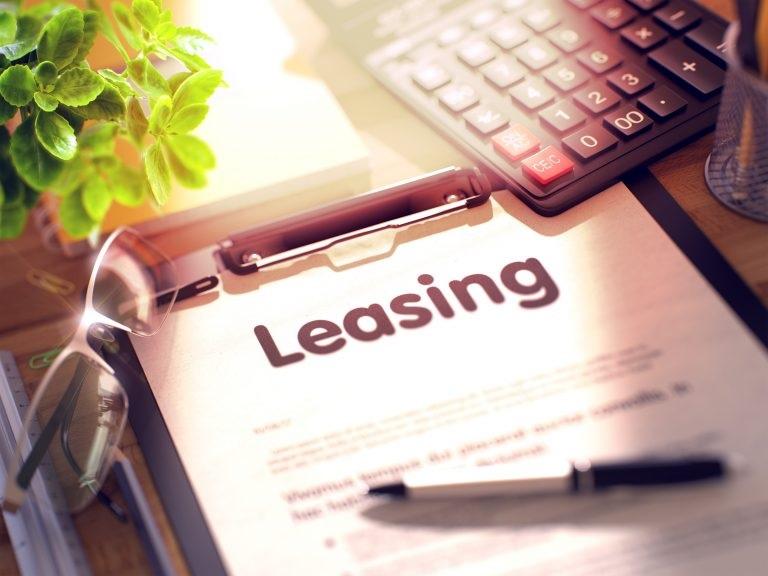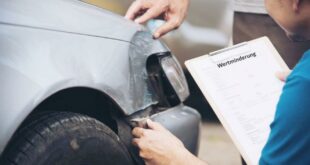Almost everyone knows it, one monthly usage fee to pay when it comes to renting the apartment. There is a rental agreement between two parties. The amount of the rent depends on the size, the comfort and the location of the apartment. Sometimes even additional services are included, like a parking space, sometimes not. Renting is an interesting option for those who want to be flexible about their apartment or don't have the capital to buy their own property. And who thinks to lease a vehicle, who has similar motivations. Leasing allows you to be mobile with a smaller budget. The mostly short contract periods of one to three years make it possible to respond individually to changing living conditions. The leasing rate depends on the vehicle, the brand, the new price, how it is equipped and how it is used. who a new model wants to drive, leasing is perfect for him. The offers in the leasing sector are now so diverse that they are also being used more and more in the private sector. But are there any special features of leasing? How exactly does the leasing work? We have the answers.
What should be considered?
The need for mobility is extremely individual. A vehicle will be for the family, work or both needed. Most want a car that rarely breaks down with technical problems. After all, in the worst case, the job depends on it. And that's why leasing is interesting compared to a purchased vehicle that has to be driven for many years, maybe even decades, to make the purchase worthwhile. The first thing to do is to test whether the general conditions of the leasing match the individual requirements, or whether a Purchase, Car SUBSCRIPTION or Carsharing the better alternatives would be.
One advantage is the ability to plan
There are two options for purchasing a private vehicle: the cash purchase or the installment payment. The money is paid completely immediately or gradually. In most cases, however, the loan installments are more expensive than the leasing installments. The leasing installments mostly run over a shorter period of time, but you have that at the end of the contract no property acquired, because the car will be returned or alternatively can be “bought out”. A leasing contract usually runs three years and thus gives a certain financial predictability. It must be borne in mind that one Early termination of the leasing contract is not foreseen or can become very expensive. Unlike with cash purchases, there is no freedom to part with the vehicle if necessary. And an essential point for us: Tuning is available on a leased vehicle only very limited or not at all possible. Changes that can be undone (new wheel set, stickers etc.) are conceivable, but fundamental changes must be made with the lessor in any case to be agreed and are usually excluded. Leasing has become even more popular, especially with electric and hybrid cars. Since there is an enormous loss of value in this area, leasing is a recommended alternative.
What types of leasing are there?
Many believe that they are signing the contract with the car dealer. However, the legal owner of the leased vehicle is the leasing company. There are two types:
1. Kilometer leasing:
- In this variant, the contract states How many kilometres may drive the vehicle as a whole, i.e. during the term of the contract, without additional costs develop. For this you should know your own driving performance exactly. Often there is a small one tolerance, which means, for example, that the vehicle may have around 2.500 km more on the clock at the end of the contract three years seen this tolerance is very low. In this case, you can only ask around per month about 70 km guess. If the speedometer or the odometer shows more, high values quickly arise Additional Costs. If the mileage is significantly lower, money will be refunded. There is little risk with this type of leasing. The lessee knows right from the start what he has to pay and how much he is allowed to drive.
2. Residual value leasing:
- This variant counts nothow far the vehicle has been driven during the leasing period, but the residual value of the vehicle at the end of the contract. The higher the residual value, the lower the monthly installments. For a high residual value, however, the vehicle must be looked after in an exemplary manner and show hardly any wear and tear. And that too Mileage decides the time value. And there are some influences by the lessee not in hand. The value of the vehicle can quickly and extremely lose value due to political requirements, for example with regard to the environment. Also, the manufacturer can be involved in a scandal. If the demand for the model falls, this quickly has a negative effect on the vehicle value.
If the topic of buying a car is to be included in the contract, a contract is required Right of tender. Here it can then be contractually agreed that the lessee uses the vehicle must buyif, according to an expert opinion, the residual value is significantly lower than agreed in the contract. This can be the case, for example, with a body damage. If, according to the expert opinion, the residual value is higher than agreed in the contract, the leasing company can voluntarily make a purchase offer. Both types pay a monthly rate plus fees and interest. The leasing company must clearly show these costs. A larger deposit can also result in lower rates.
What is the positive or negative impact for the lessee?
The biggest advantage is that the costs are known. Leasing vehicles are almost always new vehicles or at least new cars. Therefore, most repairs are covered under warranty. As a rule, the lessee has to do whatever care or maintenance is required wear yourself, just like the insurance, which of course a Fully comprehensive have to be. The lessee does not have to worry about anything at the beginning. The leasing company registers the vehicle and takes care of the number plates. The leasing company is also responsible for resale. The disadvantage is that the lessee largely owns his workshop can't choose and only Original spare parts may be installed. This can mean high additional costs for the lessee. To do this, all inspections must be carried out on time. The leased vehicle should be returned in top condition, because dents, scratches or damage can be expensive.
Are you planning to buy a new car and are you therefore looking for financing? Or should the modified baby and its attachments simply have the best possible insurance? Then ours Credit, financing, leasing, insurance & Co. categories exactly the right place to go to get information. And also cheap financing for Accessory parts is there. Is the new one forged wheel, the planned Airride air suspension or the one you want foiling too expensive? Then a little one might help Financing in the process of implementing the modification on the vehicle. And also the topic Leasing or the vehicle sales are not neglected here. Just click through the posts and get the answer to your questions.
Of course, that wasn't the end of it!
tuningblog has countless posts on the topic Credit, financing, leasing, insurance & Co. in stock. Do you want to see them all? Just click HERE and look around. The following is an excerpt from the last contributions from this category:
|
Damage to the Ferrari caused by a manhole cover: Does the municipality have to take over? |
"Tuningblog.eu" - we keep you up to date on the subject of car tuning and car styling with our tuning magazine and we present you the latest tuned vehicles from all over the world every day. It's best to subscribe to ours Feed and will automatically be informed as soon as there is something new about this post, and of course also to all other contributions.
 tuningblog.eu Your magazine about tuning the car
tuningblog.eu Your magazine about tuning the car







